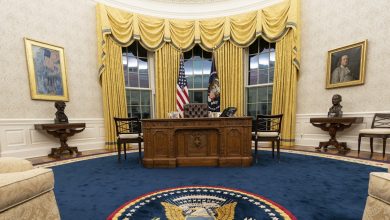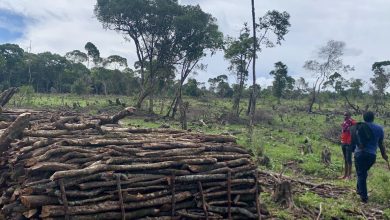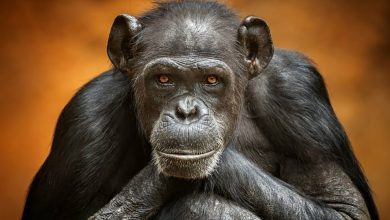Did COVID come from an animal market? Here’s what the new evidence really tells us

مجلة المذنب نت متابعات عالمية:
The argument about the origins of COVID has always been heated, and nowadays it feels more like a brawl than a scientific debate.
Some say that ground zero for the pandemic was a live animal market in Wuhan, China. Others argue that SARS-CoV-2 (the coronavirus that causes COVID) leaked from a nearby laboratory that was studying similar viruses. Both are plausible scenarios.
Proponents of the market hypothesis have been aggressively vocal in recent weeks. In August, an anonymous editorial in a leading medical journal talked about the “hubris needed to underpin alternative hypotheses” and “fanciful ideas … more in keeping with popular movies”.
A commentary in another journal lamented that scientists were being harassed for rejecting the lab leak hypothesis. With breathtaking hypocrisy, the same commentary then attacked a junior researcher who favours that hypothesis, dismissing her work as “conjecture, correlation and anecdote”.
We can at least agree that the virus was present in the Wuhan market. Samples collected from market stalls and drains in early January 2020 contain SARS-CoV-2 genetic material. A recent analysis of this material, published in the journal Cell, claimed to show that the common ancestor of the viruses at the market was the common ancestor of the whole pandemic.
That sounds compelling, until you realise that all of these samples were collected weeks after the pandemic began and none came from a live animal. Unaccountably, no samples were collected before the market was closed and the animals destroyed. Primarily for this reason, most commentators – including me – consider these latest results suggestive but not definitive.
The lack of samples from animals is a problem. No one believes that this virus originated in Wuhan. The natural reservoirs of SARS-like coronaviruses are horseshoe bats, and no infected colonies have been found within 1,500km of the city.
So it must have been brought into the market from somewhere. Yet no SARS-CoV-2 has been found along the supply chains for the animals sold there.
Could a person rather than an animal have brought SARS-CoV-2 into the market in late 2019? That’s entirely possible. Many of the viruses near the base of the SARS-CoV-2 ancestral tree came from people with no links to the market. Several, including a cluster from Guangdong Province, were not even from Wuhan.
Despite the many uncertainties and unanswered questions, it would be much easier to accept the market hypothesis if the pandemic had begun in one of the hundreds (or possibly thousands – no one seems to know for sure) of other Chinese cities that had similar markets in 2020.
After all, the 2002 outbreak of the original SARS coronavirus (a very close relative of SARS-CoV-2) began in a market selling civet cats and other animals in, as it happens, Guangdong.
Yet the epicentre of the COVID pandemic was less than 20 kilometres from China’s pre-eminent coronavirus research lab, the Wuhan Institute of Virology. That is an extraordinary coincidence, and you’d need compelling evidence that the market was the source (or that the lab wasn’t) to dismiss it. The evidence we have simply isn’t that strong.
That said, there is no evidence – at least, not that the Chinese authorities have shared – that SARS-CoV-2 was present in the Wuhan Institute of Virology, though some closely related viruses were. I cannot know if it was or wasn’t, but it didn’t have to be.
Album/Alamy Stock Photo
Scientists from the institute went on coronavirus-hunting expeditions to places such as Guangdong. Scientists from the Wuhan Center for Disease Control and Prevention – just a five-minute walk from the market – were making their own expeditions, too. There’s an obvious and plausible alternative route to the first human case.
Dismissed as a conspiracy theory
Yet as far back as March 2020, on a bare minimum of evidence, the idea that a lab was involved in any way was already being dismissed as a conspiracy theory.
Two years ago, one of the most strident proponents of the market hypothesis claimed that his latest research “lays to rest the idea that the virus escaped from a laboratory”. An author of the new analysis in Cell says alternative explanations are “fanciful” and “absurd”.
Who is all this bombast supposed to win over? Not scientists who can read the research papers, take note of the caveats and make their own judgments. Not politicians who have taken an ideological stance on the issue, particularly in the US. And not the intelligence agencies who many believe are our best hope for getting at the truth.
I have studied the origins of human viruses for 25 years but, having examined the evidence, I still don’t know how the COVID pandemic began. I do know that the question is important and that debating it should be encouraged, not stifled.
نشكركم على قراءة المنشور عبر مجلة المذنب نت, المتخصصة في التداول والعملات الرقمية والمشفرة














